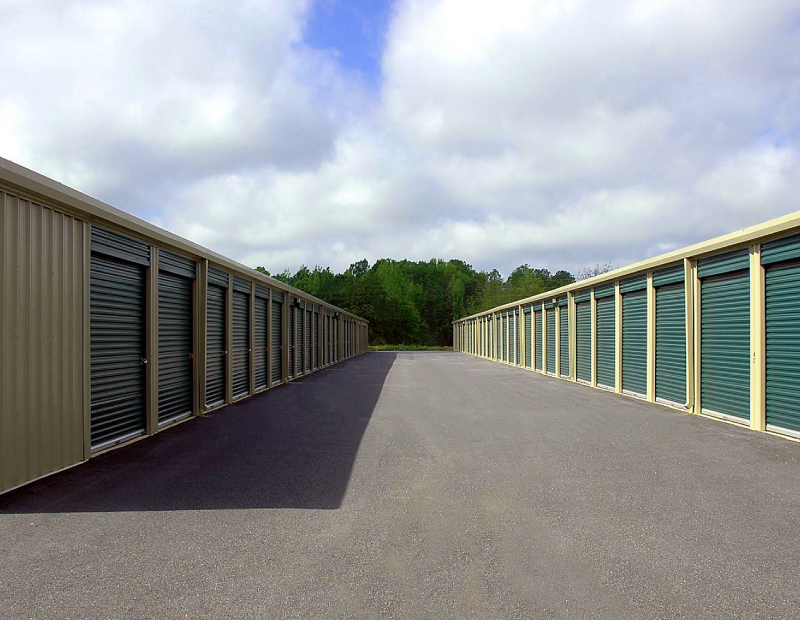Self Storage to Maintain Steady Growth
Marcus & Millichap’s recent report on the self storage industry projects continuing demand despite some market challenges.

Image via Pixabay
As the U.S. economy will likely continue its more than 10-year growth in 2020, the demand for self storage space will follow suit. Marcus & Millichap’s report on the self storage industry for 2020 delves into factors such as the growing demand for storage, the amount of properties being built and what investors are focusing on for this year.
The strong economy has brought a steady flow of job creation and wage growth that has bolstered household formation and consumer spending. While millennials generally prefer urban environments where space is limited, they also pursue equipment-heavy hobbies like kayaking or skiing that require storage. On the other hand, baby boomers who are downsizing also need storage space to preserve their personal heirlooms and belongings they want to pass down the generations. While the need for storage is high, the labor market is expected to hit a speed bump, slowing down job creation and household formation.
READ ALSO: Self Storage Development Weakens, Rents Still Down Year-Over-Year
As labor slows down, so will the development of self storage properties in 2020, according to the report. In 2018, the industry saw a record 67 million square feet of storage space delivered before slowing down in 2019. And developers weren’t just building from the ground-up, as conversions of big-box retail spaces into self storage were a prominent trend. The report noted that converting a space into self storage was more affordable, but also ran into the risk of having atypical layouts. Still, more than 8 million square feet is expected to be converted into self storage this year across nearly 50 markets.
Overall, self storage development will likely continue to dip in 2020 due to the previous years’ strong new-supply pipeline. With so many projects in the works, the self storage market will likely have to adjust by lowering rents due to competition and oversupply, according to the report.
Similarly, major markets are experiencing a large number of investors targeting self storage properties, leading to higher property values and tightening cap rates. To avoid this, some buyers are looking at smaller metros with less competition but also less demand. And midsize investors are seeking self storage properties in small cities that have been passed on by larger companies.
Looking Ahead to 2020
Marcus & Millichap expects many investors to look toward the self storage industry as a way to diversify their portfolio in 2020. Many larger investment companies have been buying and selling newly developed self storage properties in strong locations that may be still in the process of leasing or have just received their certificate of occupancy, pointing to a long-term investment strategy. For example, in January, Prime Storage Group purchased a 780-unit self storage facility in suburban Mesa, Ariz. for $7.5 million.
However, the new year will also bring with it many challenges for the industry. According to the report, digital promotions and the increased use of technology will add to an owner’s operating costs. In the same vein, appraised values for self storage properties are rising, while local governments are targeting self storage properties as a significant revenue source, both of which also raise real estate taxes.
Marcus & Millichap’s report also pointed out that a new model of self storage has entered the fold, but has yet to make a major impact. Valet storage, where a company picks up and delivers a customer’s storage items, has been picking up steam through companies like UPS and startups like Clutter, Doorage and Bluebox.
Self storage is still likely to see some growth in 2020, but outside economic factors are also worth noting, the report noted. While trade tensions between U.S. and China may grow and the possibility for another recession looms, there could be some impact on the self-storage industry.







You must be logged in to post a comment.